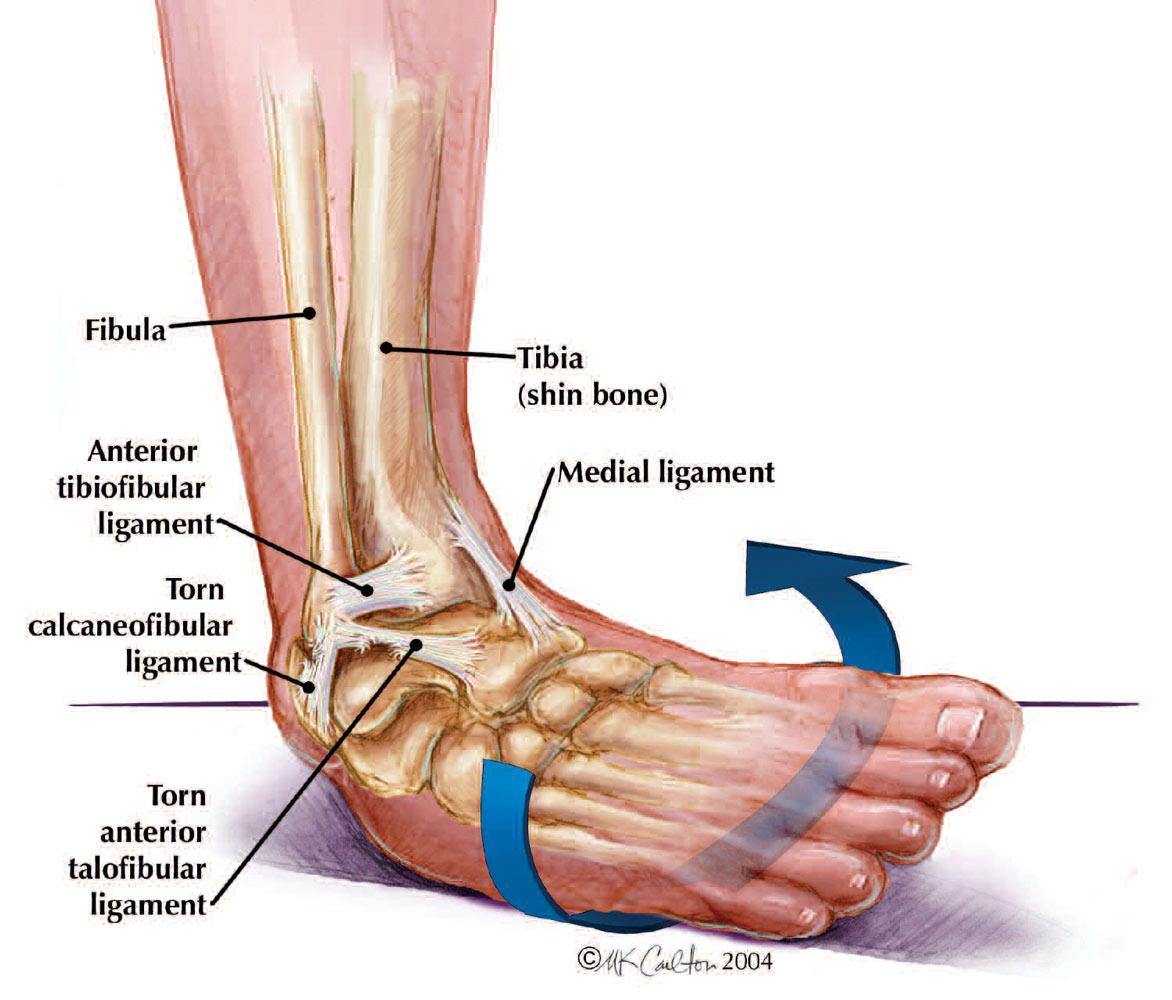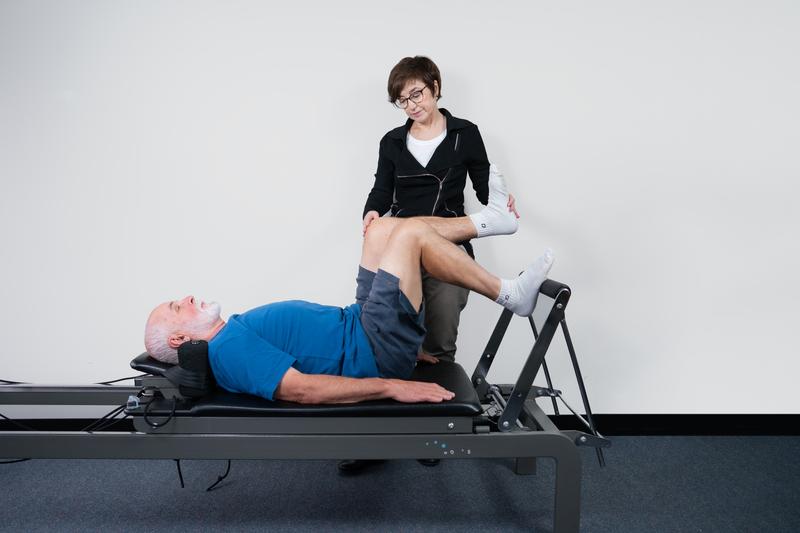Dealing with Ankle Sprains

Most people have experienced an ankle sprain whether from stepping on an uneven surface, playing sport or going downstairs. The swelling, bruising, pain and restricted movement can be debilitating and it also stops you from participating in your favourite physical activities.
Ankle sprains happen when you excessively roll your ankle inwards or outwards, which can lead to damage on the surrounding structures. A simple way to determine the severity of the sprain, is your ability to put weight on the ankle after the injury.
What research says about the recovery process
Although a lot of people see ankle sprain as a “simple” injury, research has found that the majority of patients with a history of ankle sprain will experience more additional sprains; develop physical limitations; and have episodes of the ankle “giving way”. Long term ankle instability is also very common due to the structural and neurological change which can lead to poor ankle control and balance.
Research recommends early management and treatment to assist with the healing process and speed up the return to sports / activities process. It is also recommended to thoroughly assess ankle deficit and complete a rehabilitation process after an ankle sprain.
How severe is the ankle sprain?
The most common way to consider the severity of ankle sprain is your ability to bear weight after injury. If you can bear weight reasonably after your sprain, it is likely a low grade injury. If you struggle to bear weight on the affected leg after your injury, it can indicate higher grade or potential bone fracture.
Your physiotherapist can determine if you need an x-ray to check for a potential fracture after your ankle sprain. Indication that an x-ray may be required, includes an inability to bear weight both immediately after injury and for 4 steps during initial evaluation.
What to do after an ankle sprain?
Right after your injury, make sure you follow the RICER rule.
R – Rest
I – Ice
C – Compression
E – Elevation
R – Referral
Make sure you get plenty of rest after your injury; continuing your activity after an ankle sprain can increase the risk of further damage and pain. Keeping your shoes and socks on maintains compression, which can help with the swelling.
Apply an ice pack on the area for 20 minutes at a time. Keep your foot elevated for swelling management. And lastly, make sure you seek help from a health professional.
What can physiotherapy do?
Most of the time after your ankle injury, your pain will slowly improve with RICE. If that’s the case why then do I need physiotherapy?
Without doing a proper rehabilitation program, your risk of recurrent ankle sprain is significantly higher. What you need from physiotherapy will likely include:
- Education on pain management
- Thorough assessment on your ankle to exclude fractures or other more complex ankle injuries
- A tailored rehabilitation program to improve function
- A plan to return to sports / your favorite physical activities
- Injury prevention and strategies to minimize risk
What exercise can I do after an ankle sprain?
If fractures and other serious pathologies are ruled out, you should be weight bearing on the affected leg as soon as pain is tolerated and starting your ankle rehabilitation program as soon as possible.
Every person is different, it is best to discuss your situation and goal with a health professional for an individualized rehabilitation plan.



